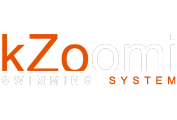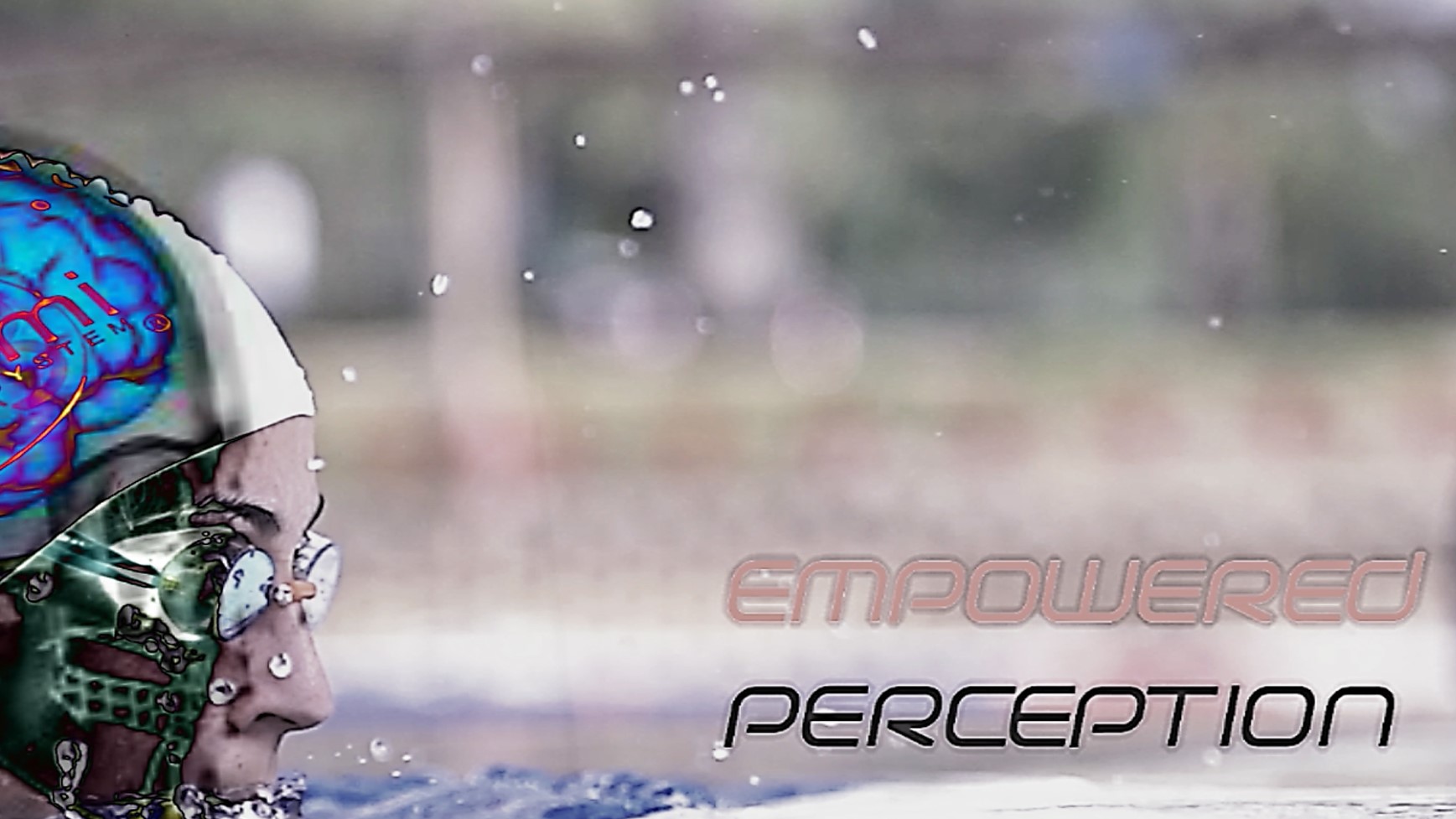Organization and information
Proactive Materials for Postural Control in Swimming
Human anti-gravitational musculature responds automatically and instantly to preserve postures on the terrestrial environment, having been shaped throughout evolution. Staying upright is the basic motor control function of out nervous system. Acting forces, both external and internal, as well as gravity, weight, agonist and antagonist balances, lose all their natural functionality in the moment we dive into the water and try to move as effectively as possible. All chains involved in keeping postures (open and close) must cast aside regular motor memory in order to search a new adaptation that endures and maintains our skeleton in optimal biomechanical positions for the movement through the water surrounding us. Muscles of the Medial Thigh, which make us stay aligned and conserve minimum resistance, are intrinsically related to active action our levers carry out simultaneously or alternatively, conduct by Distal or Lateral muscles. Both of them are ruled by areas of different locations and functions at the Nervous System level. In the case of learning aquatic actions, stimulation, perception, interpretations and response must be organized properly if we want to achieve the best version of ourselves. Without postural control of our axial axis, in addition to apply force at the correct angles and optimal directions to move in an efficient way, especially in posture and hands sequences, our potential will always be underdeveloped.
If water is 1.000 denser than air, and we want to go through it at high speed, our Axial muscles, the one that make us more longilinear and keep our chassis, must act constantly and with the proper intensity just like a competition vessel. If a canoe has a specific stiffness, tension and morphology, our skeleton’s Medial muscles should get involved as necessary to make us look like one. Just picking and feeling a fish between our hands, we will realize how important is to keep the proper tension in our body to be better swimmers. Our touch receptors will explain us clearly what we are talking about.
The main problem we find when we want to obtain performance is to form a new motor pattern which fits recommendations proposed by biomechanical studies. Positions are clear, so are the answers of swimmers that obtain the best performance worldwide, but…
How can we know the procedure to follow, what tools use and to what extent to accomplish it?
Physiologically, our nervous system responds by automated mechanisms in diverse nerve pathways to the maintenance of head, back and limbs to not fall, plantar supports and many other adaptations of ambulation and vertical posture. It is an automated and involuntary action, regarding brain stem and not cortex. Many muscles and kinetic chains, to swim properly, must act differently from their usual, and for that, we must direct part of motor action, inhibiting or advancing biomechanical actions necessary to form the physique we are looking for, from the conscious and voluntary part of our NS. It is only when we manage movement that medial muscles stop opposing to the less interesting action. Betz cell or pyramidal cells take the helm and act directing chosen actions.
The passage from vertical to horizontal posture, in most practitioners, has a more sense of life conservation and minimizing health risks rather than environment enjoyment and movement improvement. Loss of vision, impediment of air entrance, loss of plantar supports, the obligation to move with hands and arms, elevated maintenance of lower train, etc., force our Prefrontal Cortex to take charge when organizing synergistically our levers and muscles, which in fact do not know what they have to do. Logic sense of our nervous system, natural adaptation to this environment, is quickly look for the best balance our human and personal structure allow us. Our Primary Motor Cortex needs to decide what to do, and the information disorder received search an easy solution to resolve this dilemma. The result… a personal way of swimming, in many occasions unprofitable and ineffective… our way of swimming.
Voluntary motor reeducation has to go through the Primary Motor Cortex’s decision and direction, which receives information from different centers: Pre-motor Area, informed by Posterior Parietal Association and Prefrontal Supplementary. However, in this case fundamentally, the most important is the Somatosensorial, moreover, Basal Ganglia, Cerebellum and Thalamus.
Is it possible to obtain high performance with this personal balance our brain has acquired? Of course, but, can it be improved? Sure, and more importantly, at any age.
Furthermore, if our aquatic learning has been forged with basic deficiencies , which have established automated patterns at local or brain level, the passage of action needs of conscious implication by the Prefrontal Cortex when making choices and judge what to do and how, and for that, it also needs tools that smooth this arduous task.
Decisions made in each moment need a supportive element, an induction to the optimal gesture, a direction that do not make us return very fast to the SNC functions, which will irrevocably do it. In some more than others, the sensations we have after a weekend without touching the water are unpleasant. Precisely, the adaptation of our Nervous System and our sensory receptors will return to its regular use and, little by little, will recover their natural state. We only have to keep a fish outside the water for a few seconds to realize that its SN keeps doing what has evolved for.
“Haptic Perception turns out to be the best support to grasp, organize and resolve our answer to the development of the sense of water.”
The inconvenience to suffer mechanisms our nervous system possesses and disposes to execute specific movements more easily due to the preference of particular neurons groups action, deflect us from the most appropriate and convenient postures for swimmers and coaches. This situation starts a battle against a neuronal tendency of certain angles and joints that hinder the best technique we aim for, and which we have to fight and win.
J. Bonal Pedrón
Share this article




